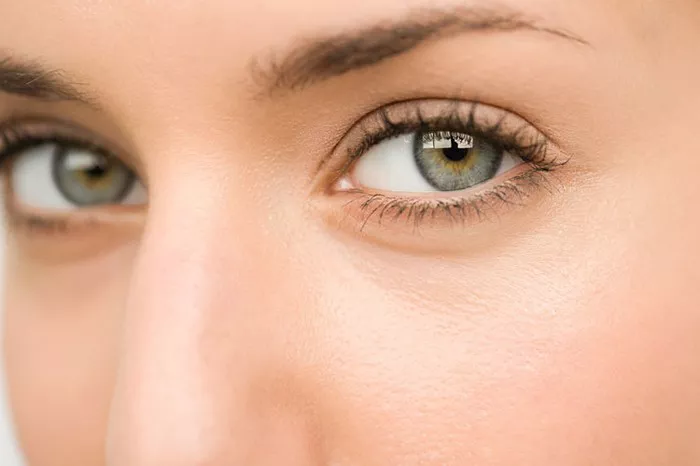Eye bag surgery, medically known as lower blepharoplasty, is a cosmetic procedure aimed at addressing under-eye bags and puffiness. It is a surgical intervention that can help rejuvenate the appearance of the lower eyelids, giving a more rested and youthful look. If you’re considering eye bag surgery, it’s important to understand the procedure, its benefits, and the factors to consider before making a decision. In this article, we will explore what eye bag surgery entails and provide insights into its potential advantages and considerations.
Understanding Eye Bag Surgery
Eye bag surgery is a surgical procedure that targets the lower eyelid area, specifically addressing the excess fat deposits, loose skin, and sagging tissues that contribute to the appearance of under-eye bags. The surgery is typically performed by a qualified plastic surgeon and involves the following steps:
- Anesthesia: Before the procedure, anesthesia will be administered to ensure your comfort. This may involve either general anesthesia or local anesthesia with sedation, depending on the surgeon’s recommendation and your preferences.
- Incision Placement: The surgeon will carefully plan and make incisions in inconspicuous locations, such as below the lash line or inside the lower eyelid (transconjunctival incision). The choice of incision placement depends on your specific needs and the surgeon’s assessment.
- Fat Removal and Repositioning: The surgeon will then remove or reposition the excess fat deposits contributing to the under-eye bags. This step helps achieve a smoother and more youthful contour.
- Skin and Tissue Tightening: If necessary, the surgeon may tighten the underlying tissues and trim any excess skin to reduce sagging and improve the overall appearance of the lower eyelids.
- Closure: The incisions are closed with sutures or surgical adhesive, and the surgeon may apply a bandage or ointment to protect the incision sites.
Benefits of Eye Bag Surgery
Eye bag surgery offers several potential benefits for individuals bothered by under-eye bags and puffiness. Some of the key advantages include:
-
Improved Appearance
The primary goal of eye bag surgery is to create a more rejuvenated and rested appearance by addressing the underlying causes of under-eye bags. This can enhance overall facial aesthetics and help individuals regain confidence in their appearance.
-
Reduced Puffiness
By removing or repositioning excess fat deposits, eye bag surgery can significantly reduce the puffiness and bulging associated with under-eye bags. This can create a smoother and more youthful contour to the lower eyelids.
-
Elimination of Dark Circles
In some cases, eye bag surgery can help improve the appearance of dark circles under the eyes. By addressing the underlying causes, such as shadowing caused by protruding fat, the surgery can contribute to a brighter and more refreshed look.
-
Long-lasting Results
Eye bag surgery provides long-lasting results. Once the fat deposits are removed or repositioned, they typically do not return. However, it is important to note that the aging process and other factors can still affect the appearance of the lower eyelids over time.
Important Considerations
Before deciding to undergo eye bag surgery, it is crucial to consider the following factors:
-
Consultation and Assessment
Schedule a consultation with a qualified plastic surgeon who specializes in eye bag surgery. They will assess your specific concerns, evaluate your medical history, and determine if you are a suitable candidate for the procedure.
-
Realistic Expectations
Eye bag surgery can enhance the appearance of the lower eyelids, but it cannot completely eradicate all signs of aging or resolve other cosmetic concerns. It is important to have realistic expectations and understand the limitations of the procedure.
-
Potential Risks and Complications
As with any surgical procedure, eye bag surgery carries certain risks and potential complications. These may include bleeding, infection, scarring, changes in eyelid position, dry eyes, and temporary or permanent changes in sensation. Consulting with a qualified surgeon will help you understand these risks and make an informed decision.
-
Recovery and Healing
Eye bag surgery requires a recovery period. It is important to follow post-operative instructions provided by your surgeon, which may include the use of cold compresses, taking prescribed medications, and avoiding certain activities. Swelling and bruising are common after surgery but should subside over time.
-
Alternative Treatments
Eye bag surgery is not the only option for addressing under-eye bags. Depending on your specific concerns, non-surgical treatments such as dermal fillers, laser treatments, or chemical peels may be considered. Discussing these alternatives with your surgeon can help determine the most appropriate treatment plan for you.
Conclusion
Eye bag surgery, or lower blepharoplasty, is a surgical procedure aimed at rejuvenating the appearance of the lower eyelids by addressing under-eye bags and puffiness. It is performed by qualified plastic surgeons and offers benefits such as improved appearance, reduced puffiness, and long-lasting results. However, it is essential to consult with a specialized surgeon, have realistic expectations, and consider potential risks and complications before deciding to undergo the procedure. By making an informed decision and following proper post-operative care, individuals can achieve a more youthful and refreshed appearance of the lower eyelids through eye bag surgery.


